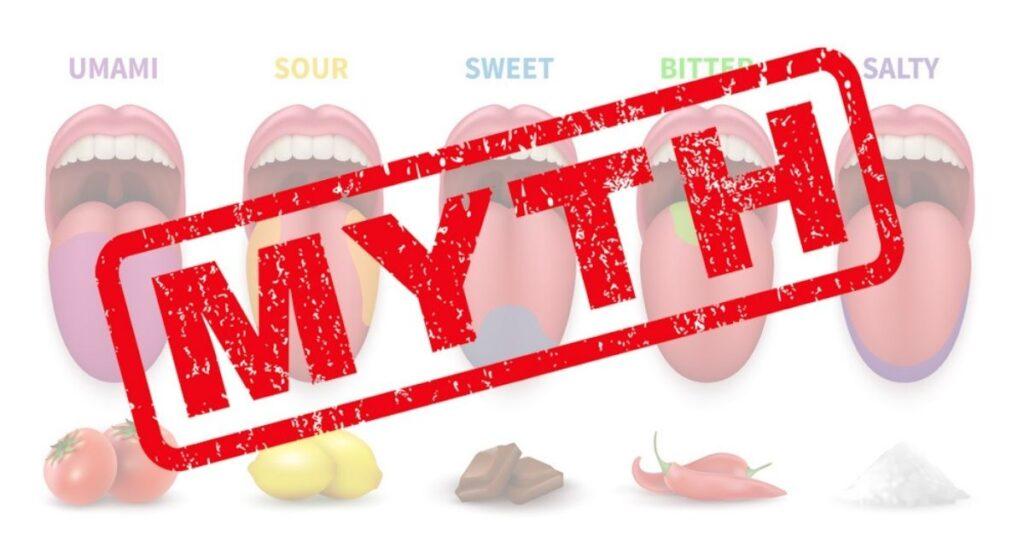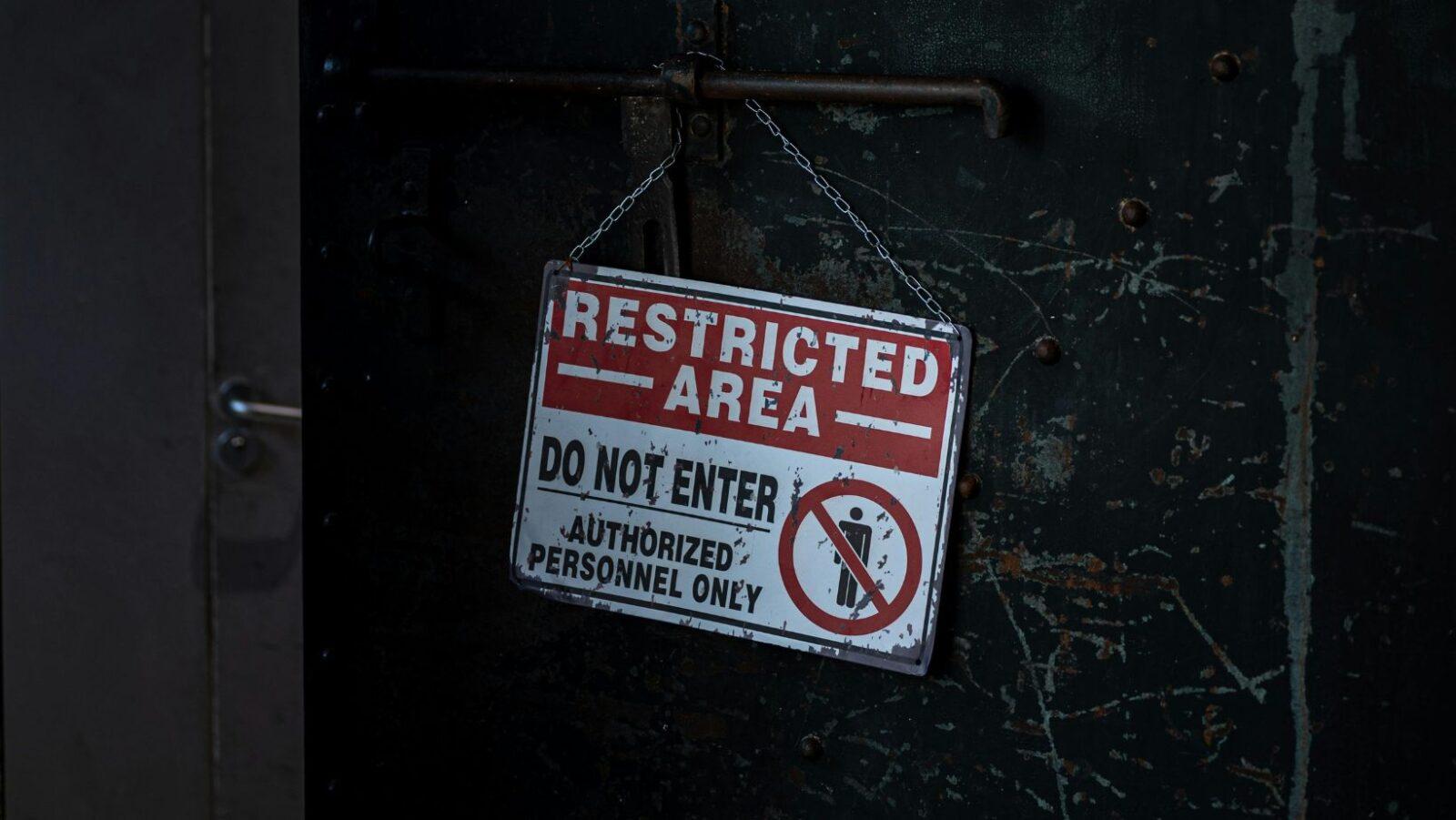
You may have been taught that only specific areas of the tongue can detect particular tastes. You may have even seen a drawing of a tongue with colored regions identifying the “taste zones.” This is inaccurate, though: Our taste receptors are actually well-distributed on our tongues—and scientists have known this for decades.
The myth of the tongue map or taste map was the result of misinterpreted data. In a 1901 paper, German scientist David P. Hänig tried to measure the tongue’s sensitivity in detecting the four basic tastes known at the time (sweet, salty, sour, and bitter). Hänig found that different parts of the tongue had lower thresholds for specific tastes (which is accurate, though the differences are extremely minor). However, the way he presented his data turned out to be a bit confusing; the fact that it was in German likely complicated matters further. And so, many interpreted his findings as proof that each part of the tongue is assigned to a single basic taste.
The tongue map as we know it, though, is largely attributed to Harvard psychology historian Edwin Boring. In the early 1940s, Boring took Hänig’s findings, did his own tests, and plotted the resulting data on a graph. Unfortunately, the graph made it look like low-sensitivity areas actually had zero sensitivity whatsoever. Thus, when experts started mapping out the data, they ended up creating the tongue map many of us know today.
Over the years, though, countless studies have debunked this misconception. Chief among these is a 1974 study by Virginia Collings, a scientist from the University of Pittsburgh’s psychology department. Collings confirmed that the differences in sensitivity were virtually insignificant, and that all taste receptors in the oral cavity—even the ones that aren’t around the tongue, such as those in the cheeks, the roof of the mouth, and even the upper esophagus—can detect all tastes.
In other words, the tongue map is basically a Boring mistake.
Today’s Science History Milestone: On December 20, 1951, the Experimental Breeder Reactor I (EBR-I) became one of the world’s first electricity-generating nuclear power plants. It reportedly produced enough electricity to illuminate four 200-watt light bulbs.
Still remember your 5th-grade science classes? Test your knowledge and see if you still remember these facts and fundamental concepts in human anatomy, biology, botany, and other branches of science. Click here to try the “Are You Smarter Than A Pinoy Fifth-Grader” Challenge.
Follow the hashtag #FlipFacts on Facebook and Instagram to get your regular dose of science trivia!
References:
- https://www.smithsonianmag.com/science-nature/neat-and-tidy-map-tastes-tongue-you-learned-school-all-wrong-180963407/
- https://www.bbc.com/future/article/20171012-do-our-tongues-have-different-taste-zones
- https://sites.psu.edu/psychedaboutfoodscience/2016/02/24/reevaluating-the-tongue-map/
- https://www.livescience.com/7113-tongue-map-tasteless-myth-debunked.html
- https://www.sciencealert.com/how-a-mistranslation-made-you-think-your-tongue-had-taste-zones
Author: Mikael Angelo Francisco
Bitten by the science writing bug, Mikael has years of writing and editorial experience under his belt. As the editor-in-chief of FlipScience, Mikael has sworn to help make science more fun and interesting for geeky readers and casual audiences alike.









